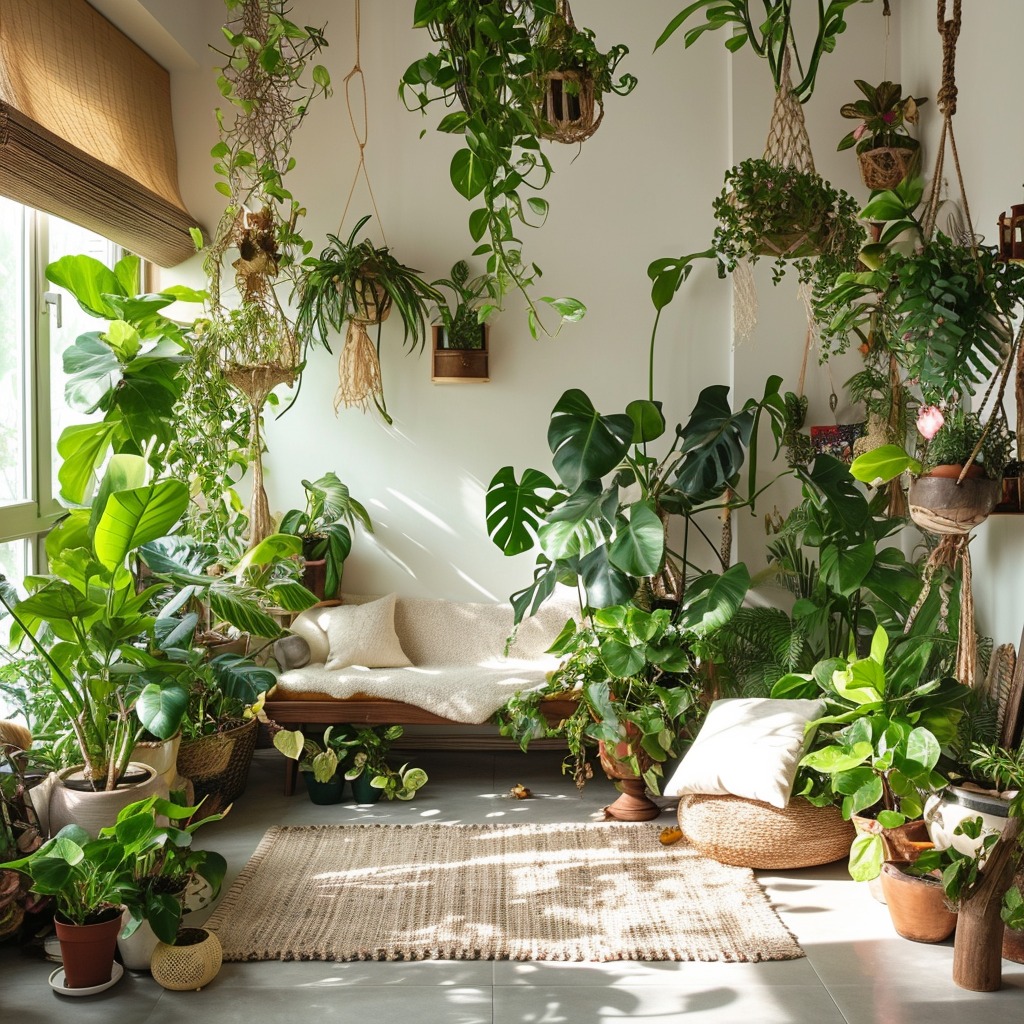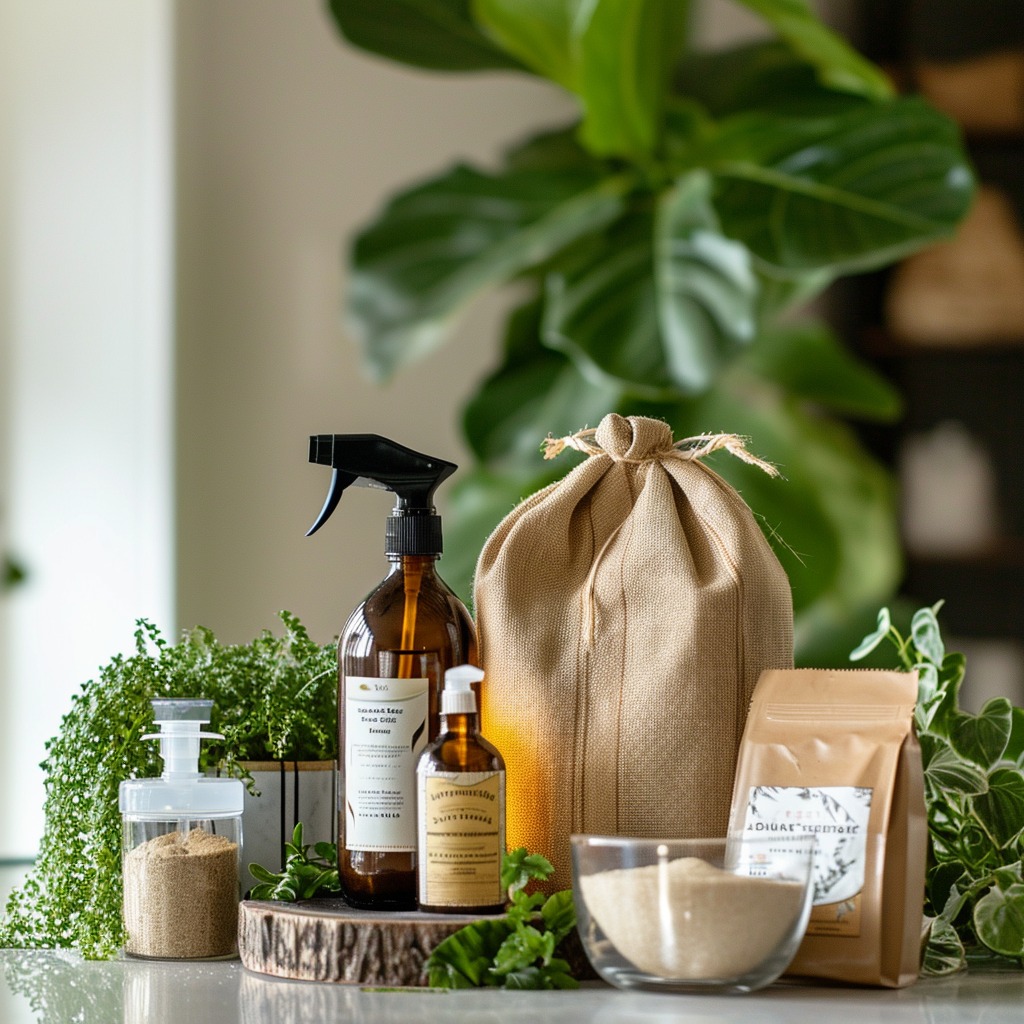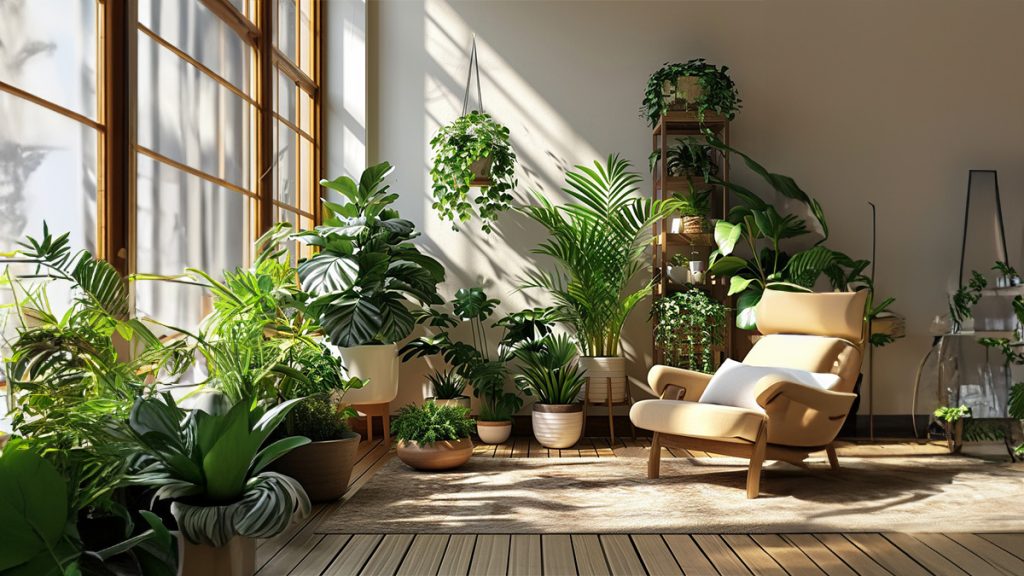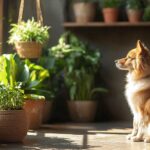Creating a lush indoor garden is a joy for many homeowners and plant enthusiasts. However, the challenge of protecting indoor plants from pests is a common hurdle. Understanding how to safeguard your green sanctuary is crucial for maintaining its health and vibrancy. This article delves into effective strategies for protecting
indoor plants, ensuring your leafy companions are not just surviving, but thriving in a pest-free environment.

1. Identifying Common Indoor Plant Pests
The first step in protecting your plants is to identify the enemy. Common indoor plant pests include:
- Aphids: Small, soft-bodied insects that typically feed on the undersides of leaves.
- Spider Mites: Tiny spiders that create webs on plants and cause yellowing or speckled leaves.
- Mealybugs: White, cottony pests that suck the sap from plants, weakening them.
2. Regular Inspection: The Key to Early Detection
Regularly inspecting your plants is crucial for early pest detection and control.
- Routine Checks: Examine your plants weekly for signs of pests, focusing on the undersides of leaves and near the stems.
- Early Intervention: The sooner you detect pests, the easier it is to control them and prevent infestations.
3. Natural Pest Control Methods
There are several natural methods to control pests without resorting to harsh chemicals.
- Neem Oil: A natural pesticide that disrupts the life cycle of pests and is safe for indoor use.
- Insecticidal Soap: Effective against a variety of pests and can be made at home with mild soap and water.
- Diatomaceous Earth: A non-toxic powder that damages the exoskeleton of insects, leading to dehydration.

4. Maintaining a Healthy Environment
A healthy plant is less susceptible to pest infestations.
- Proper Watering: Overwatering can attract pests. Ensure your plants have well-draining soil and are not left in standing water.
- Adequate Light: Plants that don’t receive enough light can become weak and more prone to pests.
- Humidity Control: Some pests thrive in high humidity. Use a dehumidifier or increase air circulation if your indoor garden is too humid.
5. Quarantine New Plants
Always quarantine new plants before introducing them to your indoor garden.
- Isolation Period: Keep new plants separate for at least two weeks to ensure they are pest-free.
- Inspection: Thoroughly inspect new plants for pests before placing them near your existing plants.
6. Beneficial Insects: Nature’s Pest Control
Introducing beneficial insects can be an effective way to control pests naturally.
- Ladybugs: Known for eating aphids and other soft-bodied insects.
- Lacewings: Feed on a variety of pests including aphids, mealybugs, and mite eggs.

7. Additional Protection for Your Indoor Plants
While focusing on pest control and maintaining a healthy environment is crucial, there’s another aspect of plant care that shouldn’t be overlooked: protecting your soil from external disturbances. the ‘Potted Plant Soil Protectors’ offer an innovative solution for this. Measuring 20.8 inches in diameter, these round grid soil covers are designed with a center cutout that can be customized to fit your plant’s size. They’re perfect for keeping cats, dogs, squirrels, and even curious little ones from digging into your indoor and outdoor garden potted plants. These soil protectors not only safeguard the integrity of your plant’s soil but also contribute to a cleaner and more organized garden space. Check out the ‘Potted Plant Soil Protectors’ to ensure your plants get the complete protection they deserve.

Conclusion: A Pest-Free Indoor Garden
Protecting your indoor garden from pests requires vigilance, early detection, and the use of natural pest control methods. By maintaining a healthy environment for your plants and being proactive in your approach,
you can effectively safeguard your indoor oasis from pesky invaders. Remember, the key to a thriving indoor garden is not just reacting to problems as they arise, but preventing them through regular care and attention. Embrace these strategies, and enjoy the peace of mind that comes with having a healthy, pest-free indoor garden.







